by Michael Haskew
As with many historical figures whose lives may be studied and contemplated, Eva Braun is an enigma. She was young, pretty, and athletic. She loved animals and was often the life of the party when relaxing with friends and family. However, prone to bouts of depression and often ignored by her love interest, Nazi Führer Adolf Hitler, she is – by association – the object of scorn rather than sympathy. How much she actually knew of Nazi atrocities and whether she shared their virulent anti-Semitic doctrine is open to speculation.
[text_ad]
The fragment of a diary purported to have been written by Eva during a few months in the mid-1930s seems to dwell on her longing to be the center of attention for Hitler. The authenticity of the document remains questionable, and historians who utilize the entries in their works often include a disclaimer to that effect.
To Be Burned Beyond Recognition
One thing is sure: When Hitler and Eva killed themselves in the depths of the Führerbunker on April 30, 1945, the instructions left for the disposal of their bodies were clear. The corpses were to be burned beyond recognition, destroyed as fully as possible. Moments after Hitler’s fatal pistol shot rang out, his personal valet Heinz Linge and his SS adjutant Otto Günsche entered the tiny study and found Hitler’s lifeless body nearly sitting upright with a small bullet hole in his right temple, the Walther pistol he had used on the floor nearby. Eva had bitten a cyanide capsule and lay nearly reclining on the sofa beside him. She had decided against using a pistol that was close at hand.
Günsche, Hitler’s driver Erich Kempka, and the Führer’s personal secretary Martin Bormann wrapped the two bodies in blankets and carried them through an emergency exit to the garden of the Reich Chancellery. Kempka found enough gasoline to douse the corpses, and they were set alight as a small gathering of diehard followers offered a final Nazi salute amid a Soviet artillery barrage. The Red Army, steadily advancing through the streets of Berlin, was only blocks away.
As Berlin fell to the Soviets, the partially burned bodies of Hitler and Eva Braun, along with those of Propaganda Minister Josef Goebbels, his wife Magda, and their six children, were discovered by Red Army soldiers. The corpses were taken to Red Army headquarters at Plötzensee in the Charlottenburg area of the capital city, and autopsies were performed. The remains traveled with the Red Army for a while and were eventually buried at the Soviet counterintelligence agency compound in Magdeburg, East Germany.
Closer in Death Than In Life
For 25 years the burial place was undisturbed as the property was occupied by a waste disposal company. Then, on April 4, 1970, a team of Soviet KGB security officers utilized a detailed diagram of the site to exhume the bodies contained in five wooden boxes. The remains were taken to the town of Schönebeck, thoroughly burned, crushed, and intermingled. Subsequently, they were scattered into a tributary of the Elbe River.
Ironically, if only for a short time, Eva Braun was closer to her beloved Führer in death than she had ever been in life.
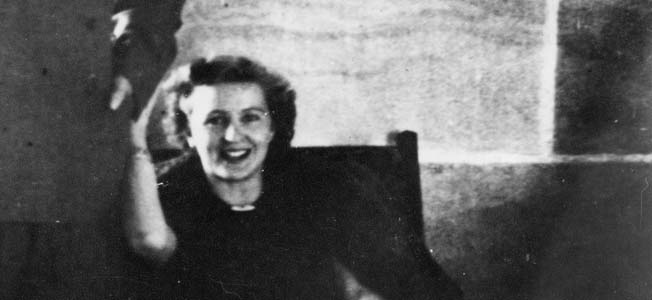
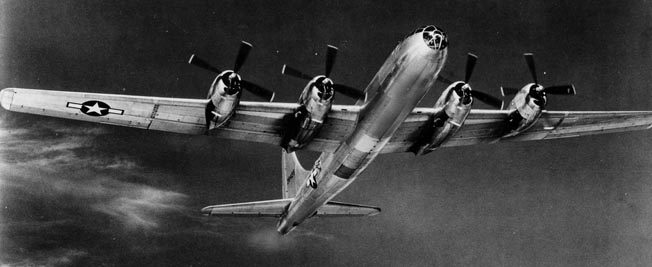
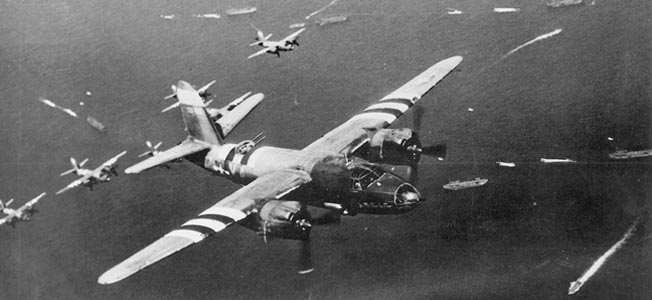
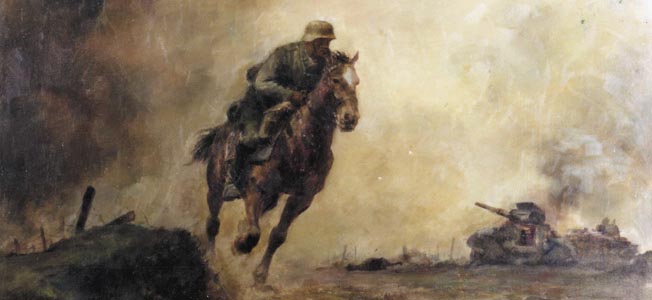
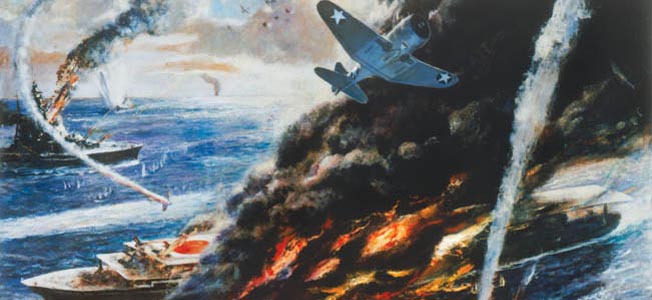
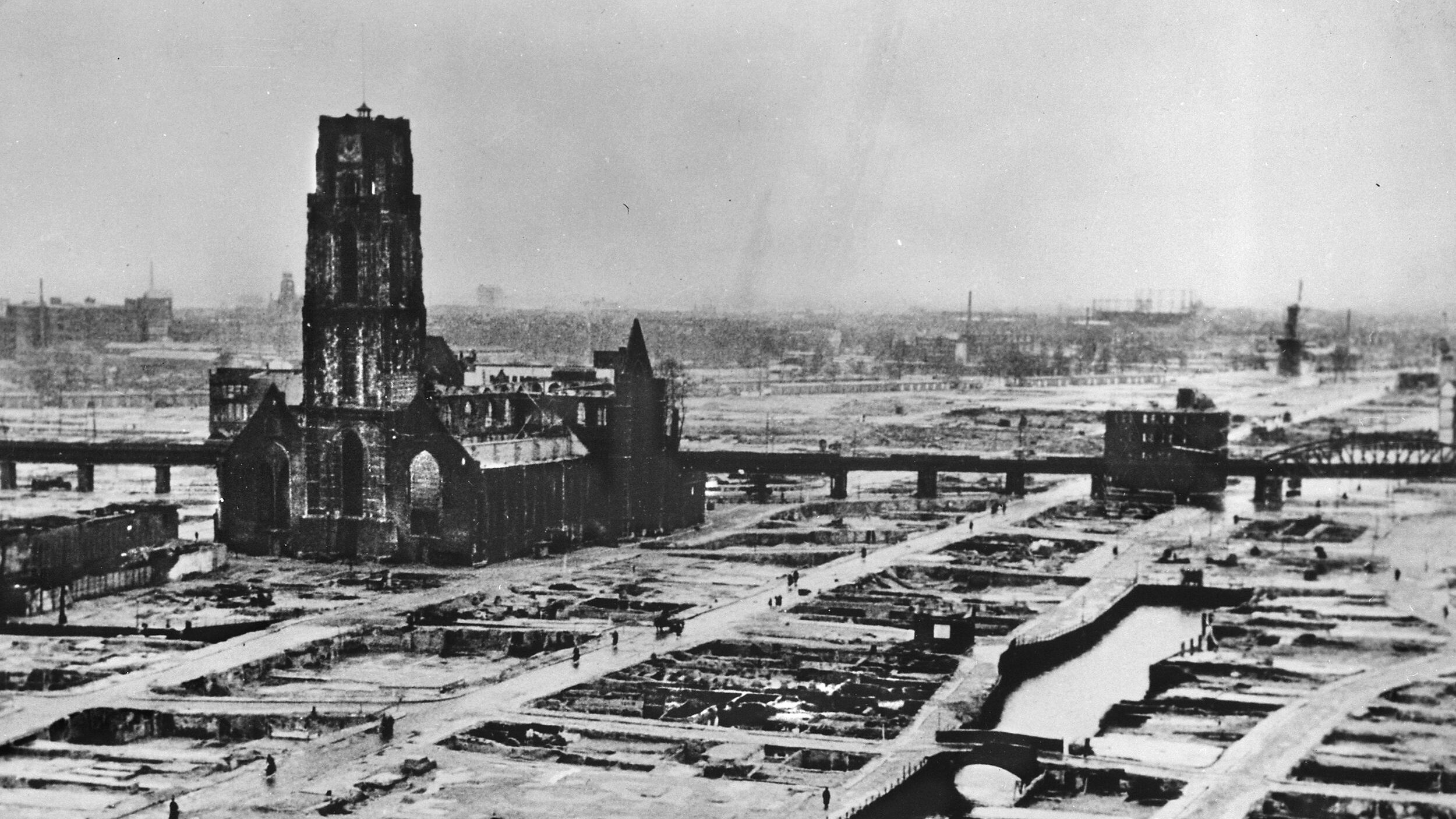
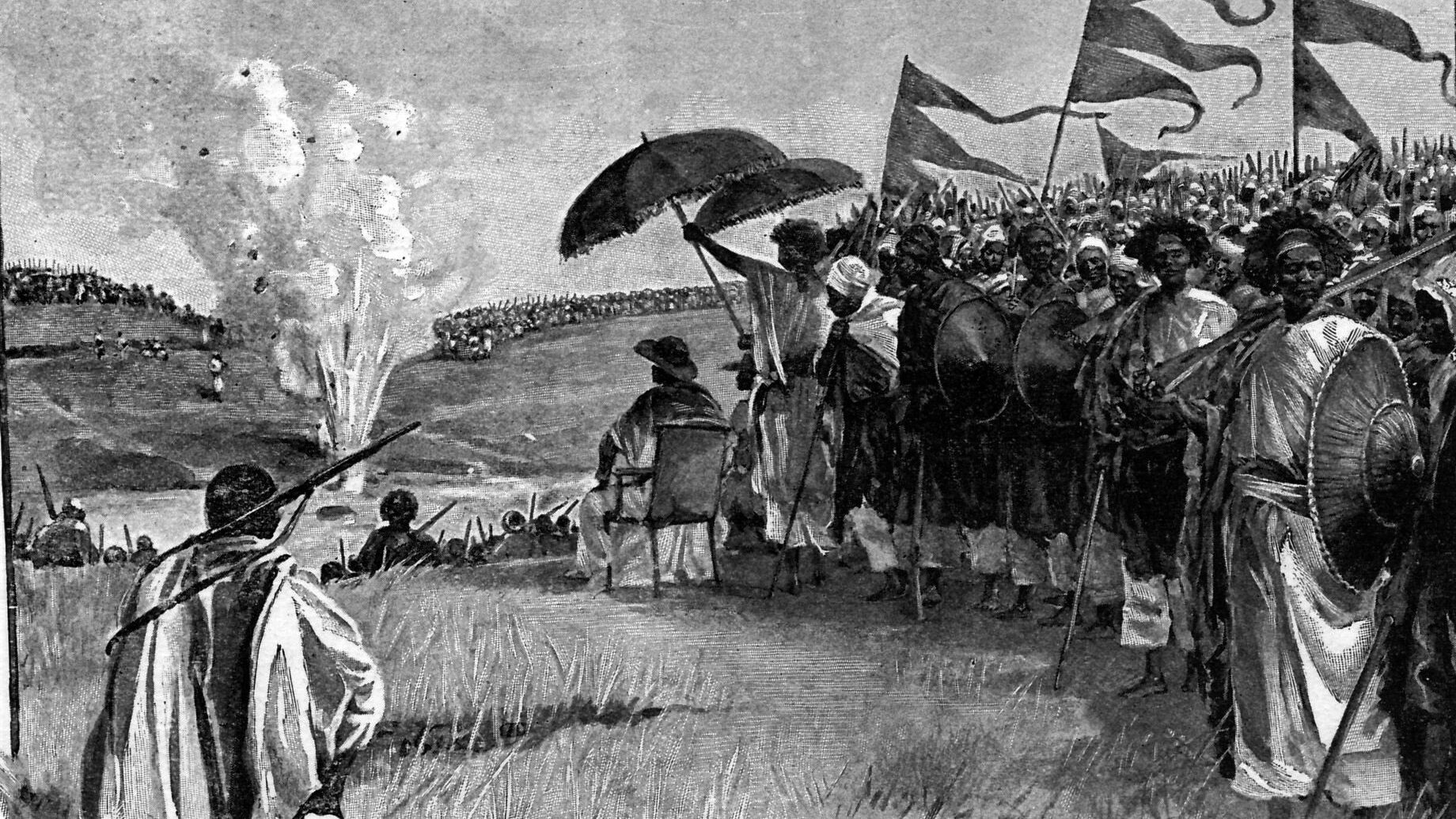

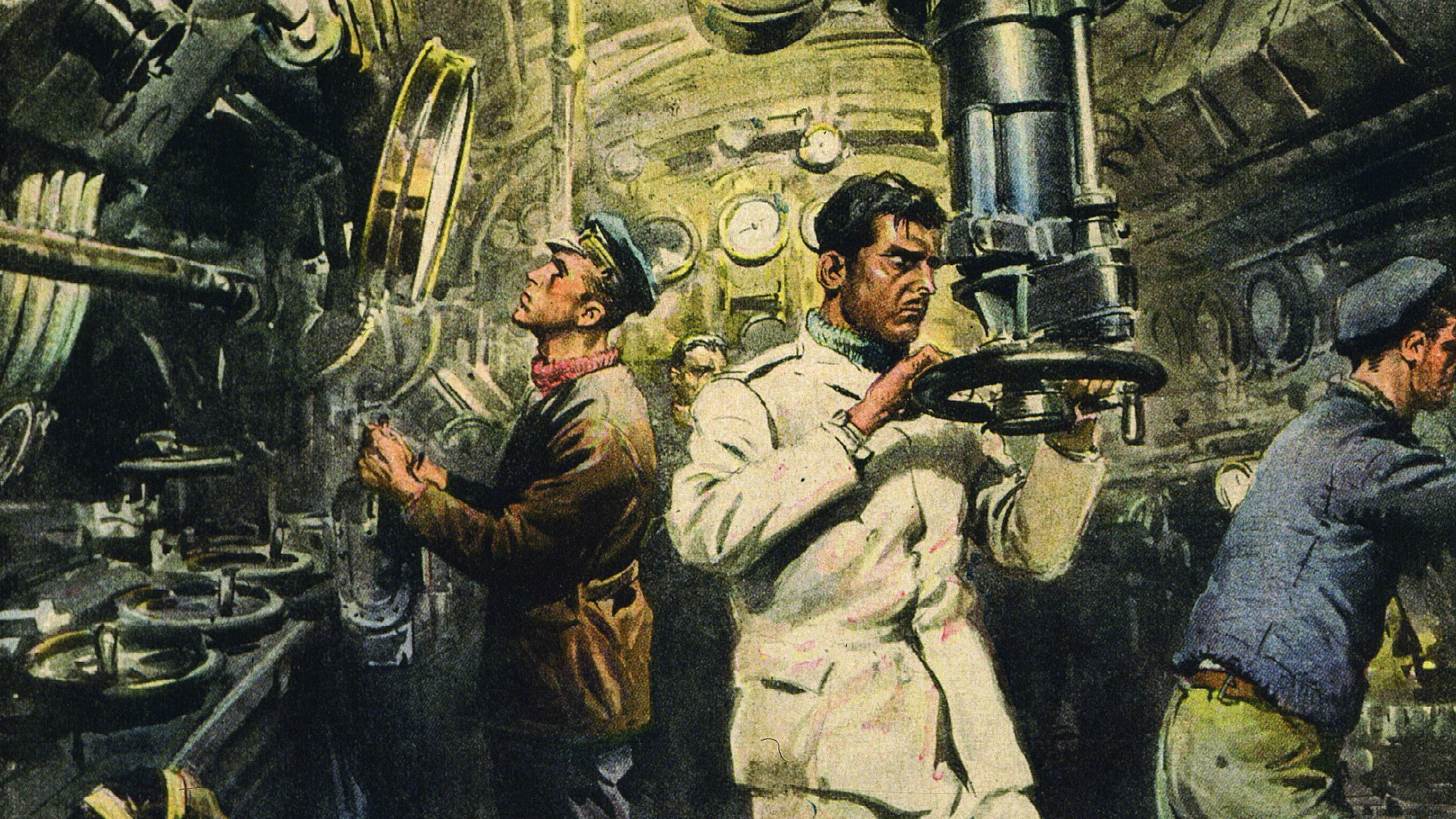
Join The Conversation
Comments
View All Comments